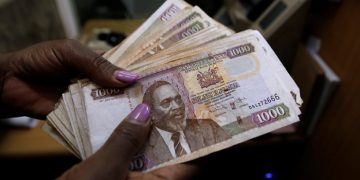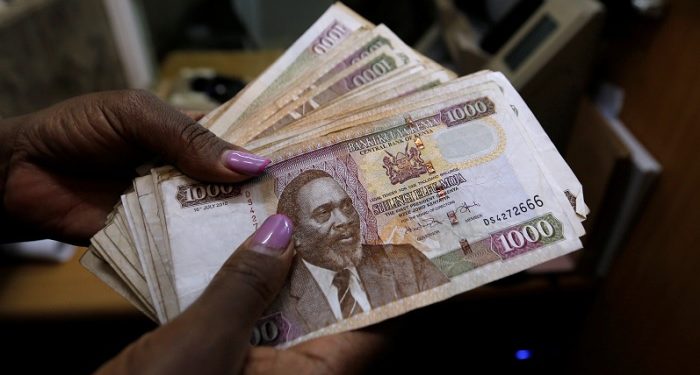By John Ikani
The Kenyan shilling has been on a steady decline for almost three years, and unfortunately, there doesn’t seem to be any hope of recovery in the near future.
In February 2020, just before the COVID-19 pandemic hit, the shilling was trading at 100.60 against the US dollar.
However, since then, the US dollar has gained strength, and as of mid-April 2023, it is trading at 133.77, representing a 33% increase.
The decline has been especially sharp in the past 12 months, during which time the shilling has lost almost 15% of its value.
Many emerging market currencies, including the Kenyan shilling, have suffered as a result of the global surge in interest rates, led by the US Federal Reserve.
This has created significant problems for the shilling. Higher rates on the US dollar, which is widely considered to be one of the world’s safest financial assets, have made it even more appealing to foreign exchange traders, further dampening the appeal of riskier currencies like the shilling.
The Central Bank of Kenya (CBK) has attempted to bolster the shilling’s appeal by raising rates by 75 basis points to 9.5%. However, this is unlikely to be sufficient to reverse the currency’s decline.


































